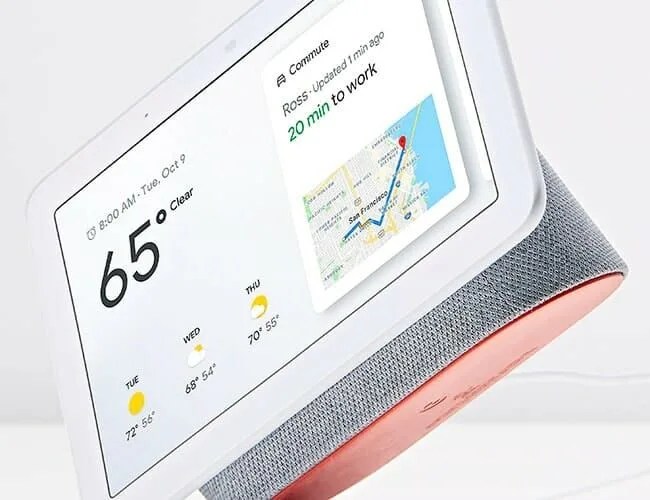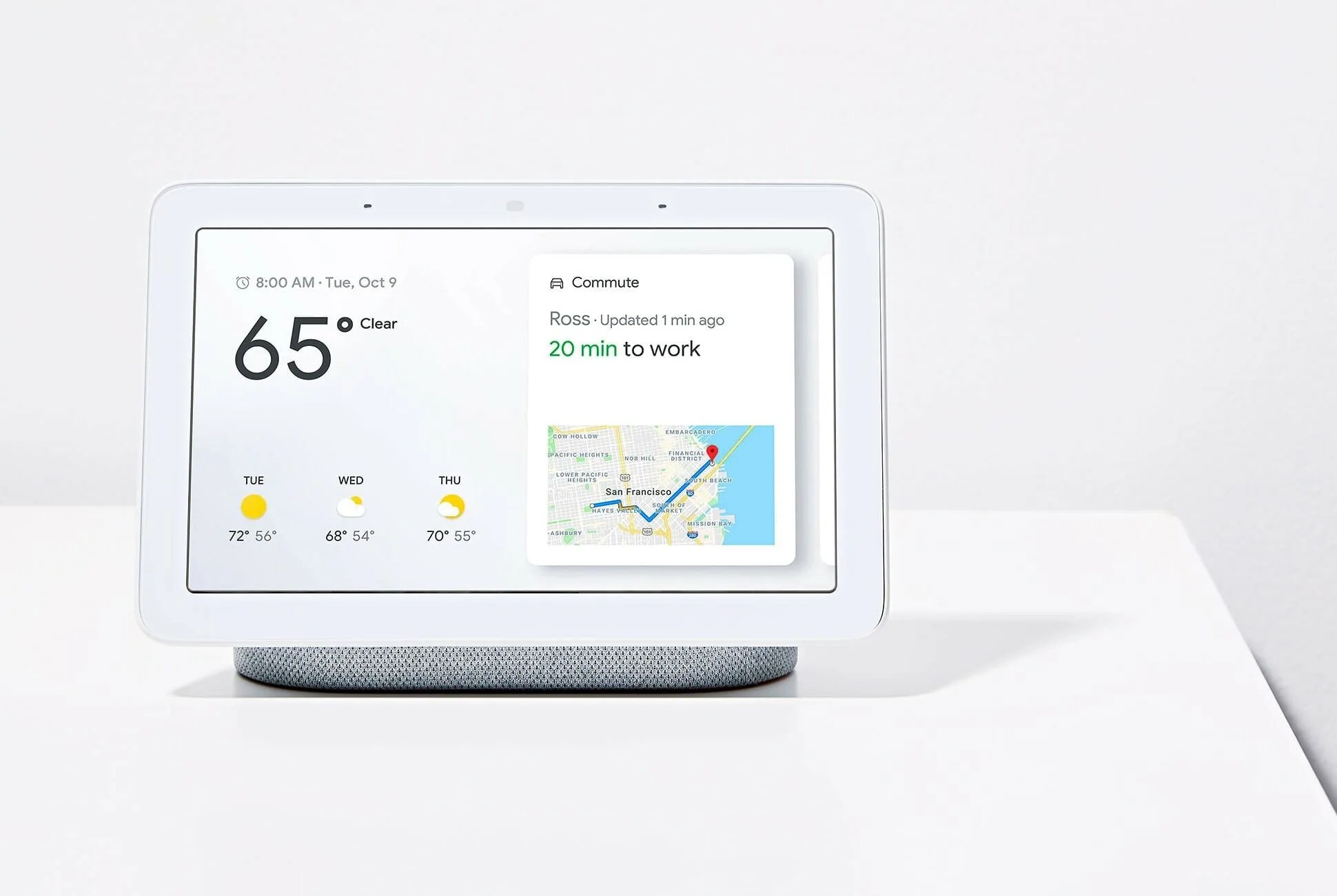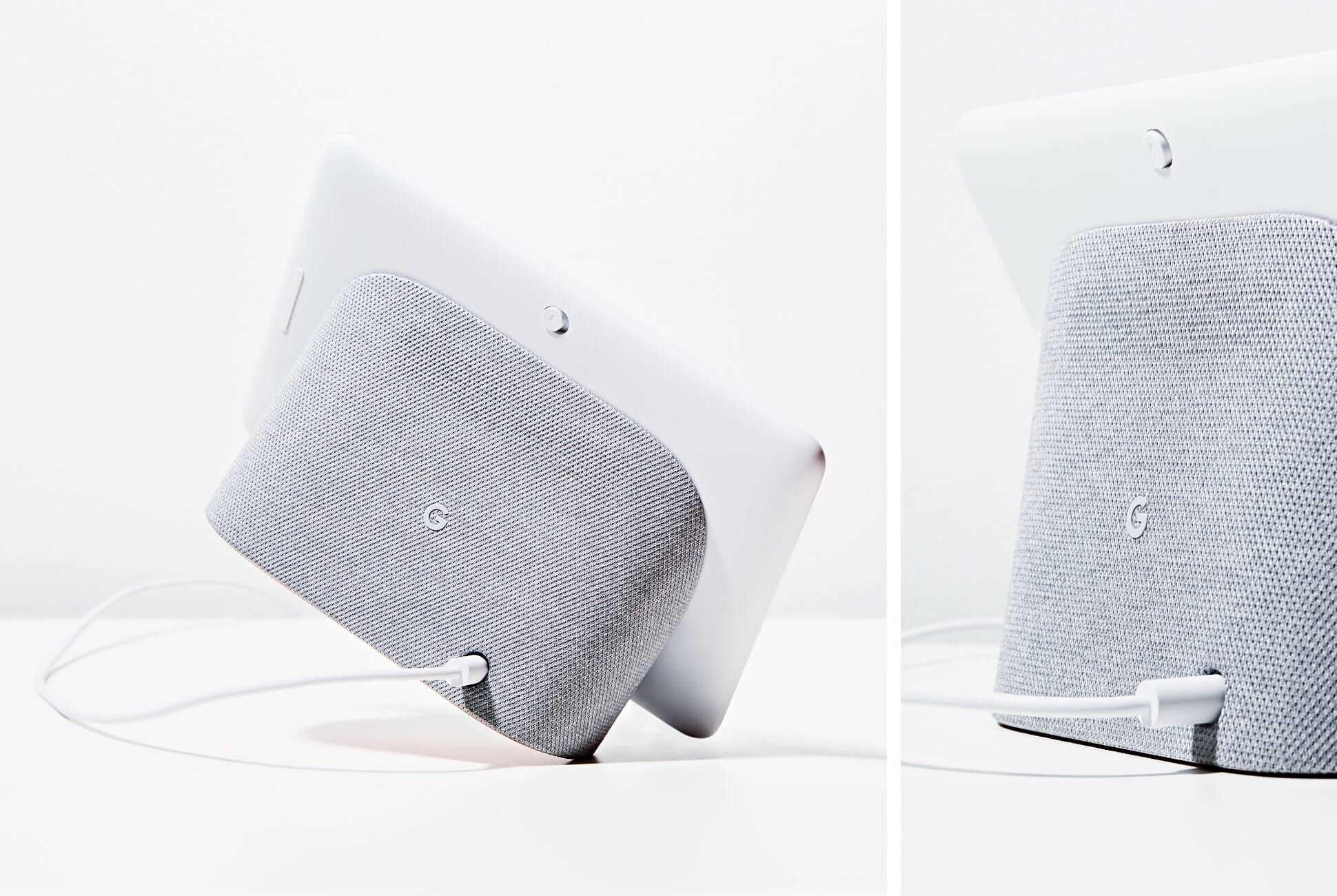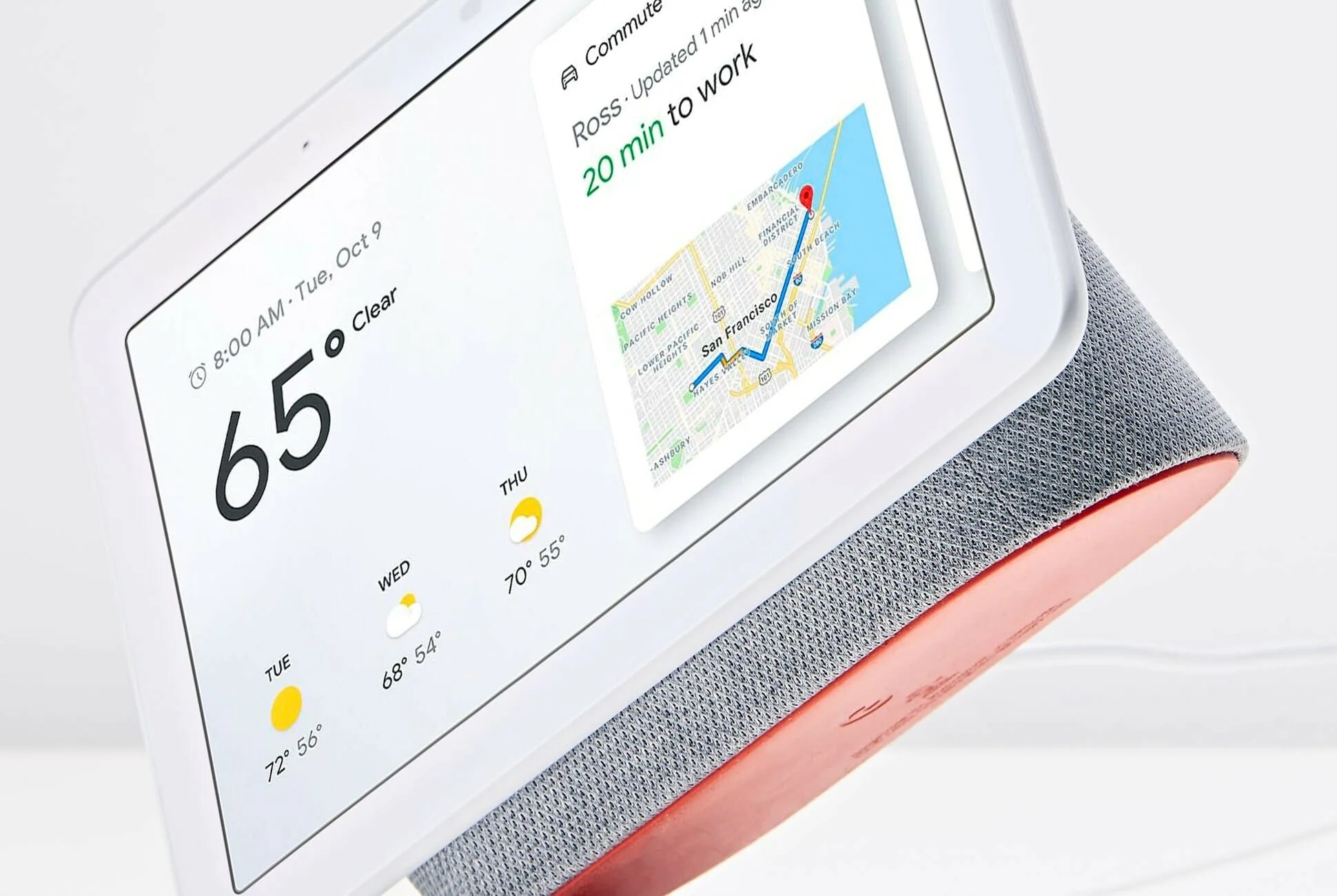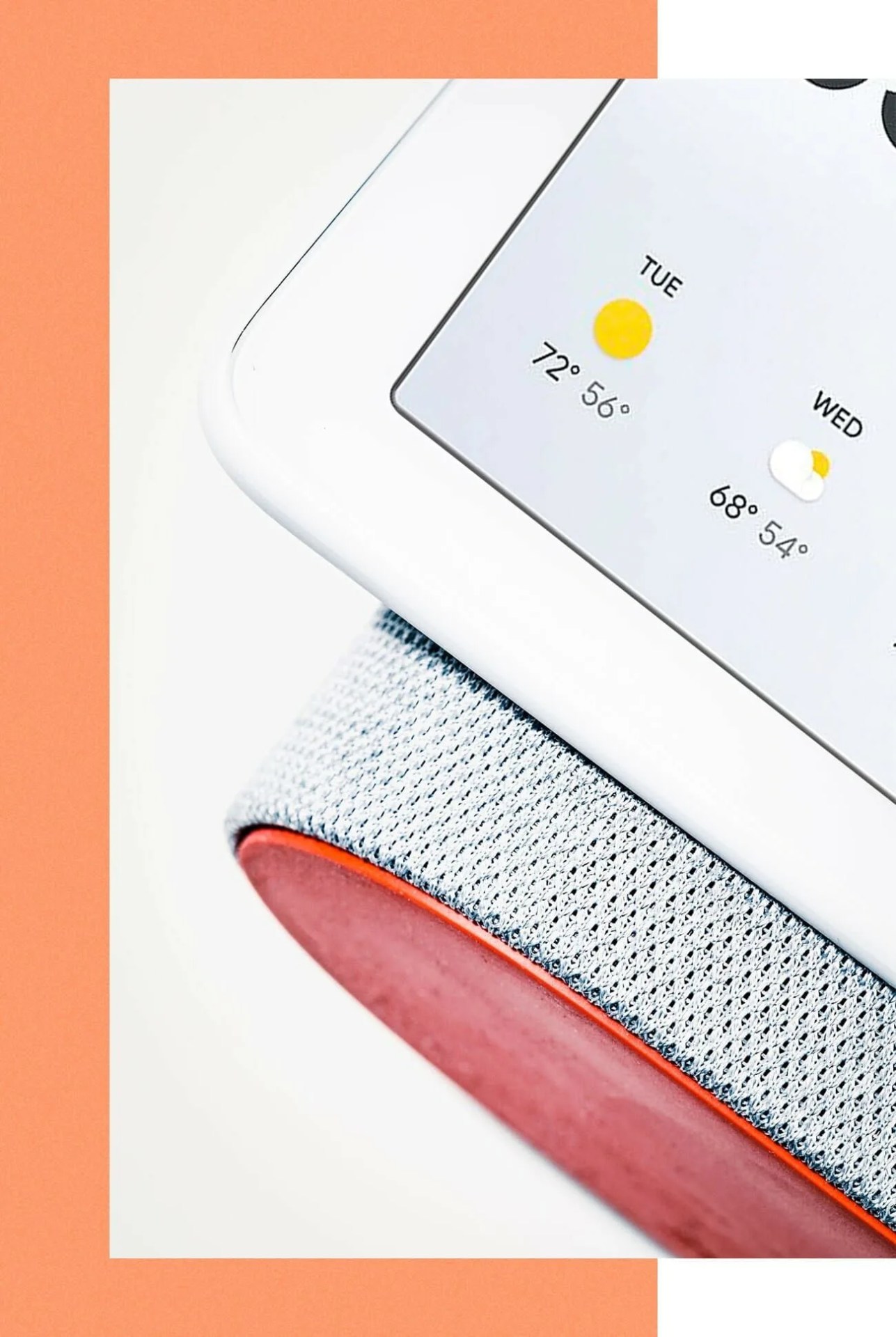3 photos
After the Pixel 3 ($799+), Google’s most interesting new product of 2018 has to be the Google Home Hub ($149). It’s a smart display with a seven-inch touchscreen and, in most ways, it works exactly the same as a Google Home Mini ($49) smart speaker – you can ask Google Assistant to play music, tell you the news, and control your smart home devices. The addition of the screen, however, gives users a new way to interact with Google’s super intelligent smart assistant. It has a seamless integration with Google Photos and act as a digital picture frame when left idle. Since Google owns YouTube, the Home Hub can access more and better how-to videos and other content than the competition. Most interestingly, the Google Home Hub lacks a camera, so people using it won’t have the same concerns around placing it in their bedroom or elsewhere that come with other smart displays. It’s small, relatively inexpensive and works seamlessly with those invested in Google apps or smart home ecosystem.
The Good: It pairs beautifully with any other Google smart home devices. It doesn’t have a camera. And it pulls from YouTube – which Amazon and Facebook smart displays cannot – for recipes and hard to answer questions that deserve a video explanation. As a tiny piece of hardware, it can fit basically anywhere. It’s a breeze to create new smart home routines – say ‘Good Morning,’ and you’ll hear the news, get up to the minute updates on your commute, remind yourself of any important meetings and the weather. At night, say ‘Goodnight, Google,’ and you’ll get the next day’s weather, meetings and reminders, followed by the calming sound of crickets. Close your eyes, and you’ll almost think you’re out in the woods nodding off to the sounds of the creatures just outside your window. Regarding a sound system, YouTube Music, Spotify, Pandora, iHeartRadio and more all work seamlessly with Google’s Home Hub. It also comes with a free six-month trial of YouTube Premium.
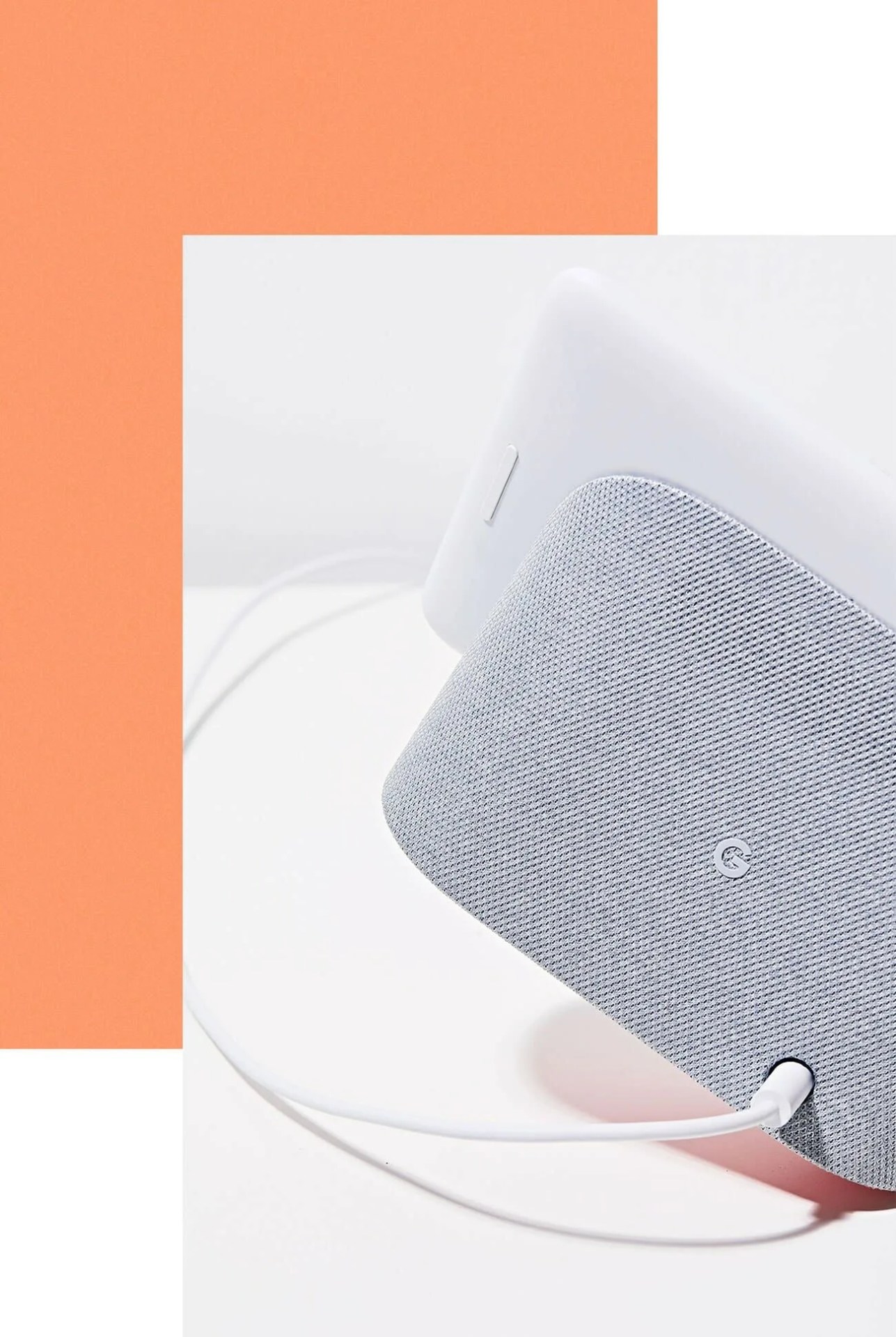
Watch Out For: It’s not portable. The screen is really small and it’s fixed, so you can’t tilt it up or down to adjust the viewing angle.
The size of the Home Hub is both great and not ideal, as it doesn’t take up a lot of counter space, it’s too small and not portable to really watch any lengthy content. And the sound quality isn’t great, which to be fair is what you’d expect from a speaker this size. Google Assistant is smart enough to recognize six different people’s voices and manage six different accounts, which is great, but managing them for everybody in your home can get a little complicated; you’re going to have to go in the Home app and set up Voice Match for each individual person, otherwise anybody will be able to access your account (click here to learn more).
Alternatives: There are several other smart displays on the market, including Facebook’s Portal and Amazon’s Echo Show and Echo Spot. Facebook Portal ($199+) is a way more sophisticated device that has a really smart camera and is designed to make calls through the Facebook Messenger app (although you can make calls via Google Duo on the Google Home Hub). The Echo Show (2nd Gen) ($230) is bigger and more expensive, but it’s the better option for those who subscribe to Amazon Music and Prime Video. The Echo Spot ($130) is another option, but it’s more of a smart alarm clock than a smart display. The Lenovo Smart Display ($180+) is probably the most similar to the Google Home Hub as it works with Google Assistant and YouTube, but it’s bigger and more expensive.
